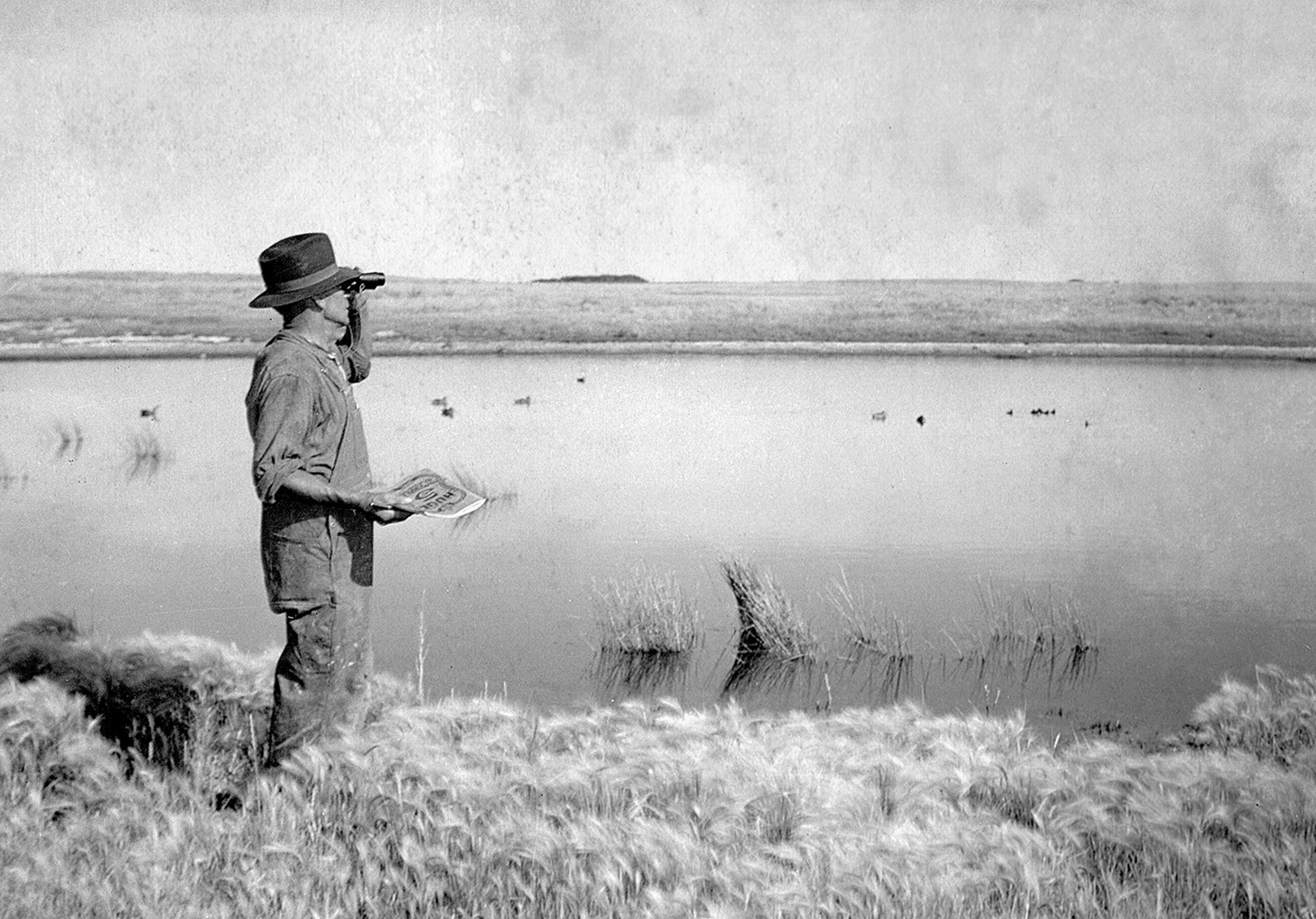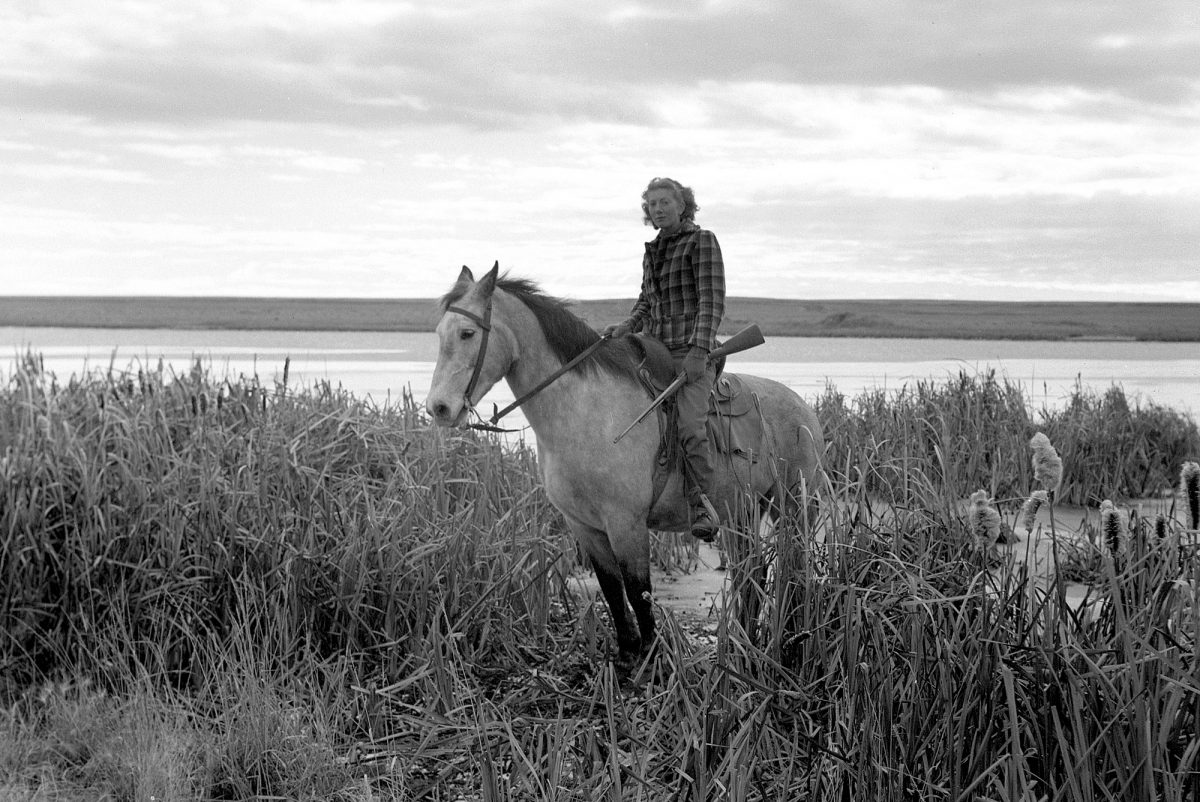Know a Keeman (or Keewoman)? DUC wants to hear from you.
First volunteers were key to early wetland conservation efforts


By Karla Guyn, CEO
They were some of Canada’s first “citizen scientists.” Their pioneering spirit took them outdoors—on horseback, in canoes and duck punts, on foot and in vehicles—to duck producing areas of the Prairies. They had an important job to do: record the ducks, geese and wildlife they saw using wetlands and other natural spaces. Conservation, co-operation and restoration were their keywords. They were Ducks Unlimited Canada’s original conservation volunteers. We called them “Keemen.”
Today, we are looking for their stories.
In 2018, DUC is celebrating our 80th anniversary as “The Year of the Volunteer.” As part of our celebrations, we’re seeking stories and photos from past Keemen or their relatives and friends. We want to share the stories of our original volunteers with Canadians.
The Keeman program began in 1938, the year DUC took root in rich, nurturing prairie soils. It’s when we constructed our first trio of wetland projects – in Manitoba, Saskatchewan and Alberta. This 3,000-strong Keeman corps supported the fledgling non-profit conservation organization as DUC’s on-the-ground community ambassadors. They were farmers, medical doctors, police chiefs, bankers, merchants, government biologists and military personnel. Most were hunters. Some served as Keemen for decades. When they retired, they often passed the Keeman torch to their sons and daughters.
Sharp-eyed Keemen (and women) scanned skies and landscapes. Three times a year they reported their observations of breeding and migrating waterfowl, habitat conditions and the weather. They also told us about damage to conservation projects, or suggested potential sites for future ones. They submitted their mud-spattered records to DUC to help inform our wetland conservation efforts. DUC compiled and published their findings in our reports to agencies, funders and supporters.

©DUC
The program wound down in the late 1990s. I am fortunate to own an original Keeman record book and waterfowl census dated 1939. This vintage manual not only gives us insights into the ebbs and flows of weather and migration: it reveals the incredible connection Keemen had to the land and to wildlife. They wanted to make sure we’d always have wild things in wild spaces. As the DUC writer states in a message to these volunteers: “when all of your reports are brought together, we have a better picture of waterfowl conditions in Western Canada than anyone has ever had before.”
The Keeman legacy lives on in the scientists who conduct critical research that guides our conservation work today. Their passion drives the tradition of generosity within our 5,900-strong volunteer network across the country that hosts DUC community fundraising events. And in the volunteer MarshKeepers of Alberta…in our Ontario nest box stewards…in the people who hand-pull the invasive plants that are choking our wetlands and waterways. In any person who’s been touched by the outdoors…and takes action to keep it healthy.
My old, tattered record book states, “a land that is fit for wildlife to live and thrive in is a land in which we, too, can find happiness and prosperity.” As we see it, the unsung story of DUC’s Keemen is woven into the fabric of our conservation history…and Canada’s natural and economic future.
We hope this anticipated treasure trove of stories about our earliest volunteers will continue to inspire and motivate us all. If you can share a Keeman story, send us an email at conservator@ducks.ca or call 1-800-665-3825.



